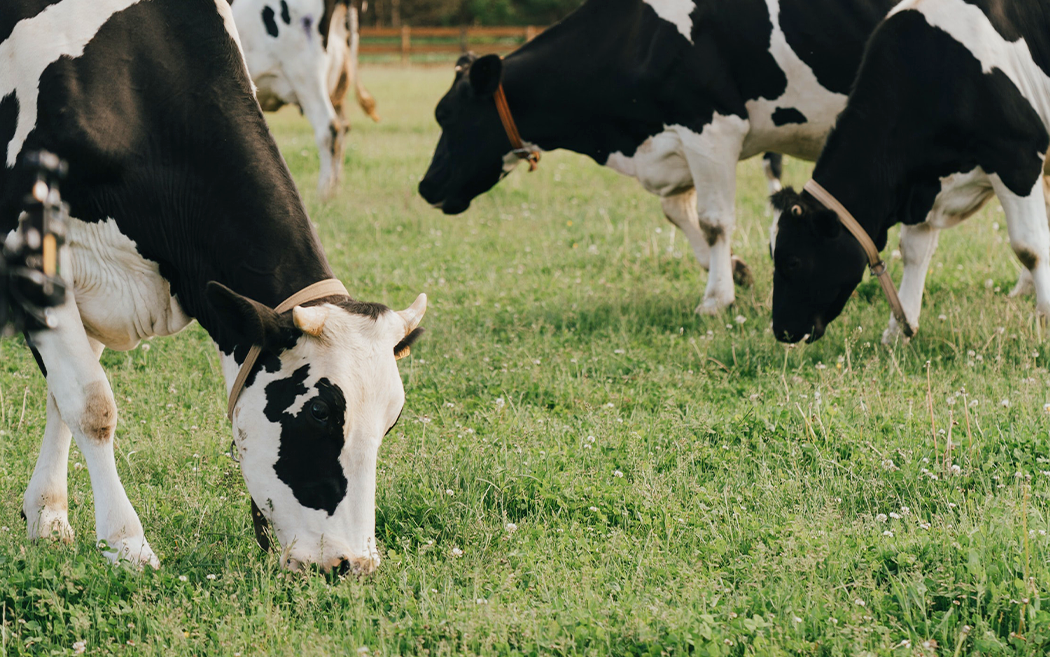Organic vs. Grass-Fed: What Customers Want Food & Beverage Brands to Know

Grass-fed? Organic? Natural? Although indicative of a more significant consumer trend, these buzzwords have caused quite a controversy within the food & beverage industry. Primarily speaking about dairy and traditional meat products, many brands tout various advertising claims and certifications claiming to be “organic” or “grass-fed”. But what do these claims actually mean to consumers? And what can these labels tell us about the products themselves?
What do these food labels mean?
According to the United States Department of Agriculture, “grass-fed” means that “grass and forage shall be the feed source consumed for the lifetime of the ruminant animal, with the exception of milk consumed prior to weaning. The diet shall be derived solely from forage consisting of grass (annual and perennial), forbs (e.g., legumes, Brassica), browse, or cereal grain crops in the vegetative (pre-grain) state. Animals cannot be fed grain or grain byproducts and must have continuous access to pasture during the growing season.” On the other hand, organic products have a very similar definition, but these more industrialized farms use grain and grain byproducts for feed and typically are less reliant on foraging.
In the past, these terms added some value for shoppers. And in many ways, that is still true. However, as discussed in a 2019 article from HuffPost, consumers still have a lot of confusion about what these labels mean, especially given that there are no regulatory bodies enforcing proper labeling practices. If any food & beverage brand can claim that their product is “organic” or “grass-fed”, then the value that these labels have can be diminished. Now, this isn’t to say that organic or grass-fed farming techniques are not beneficial to the livelihood of the animals and the environment, but in our modern digital age, consumers want to ensure that the food & beverage brands they are purchasing from are not misleading them by using these terms as a form of deceptive adspeak.
The Power of Transparency
In a recent interview on our podcast Beyond the Shelf, we spoke with the Co-Founder and Head of Creative & Branding for Maple Hill Creamery, Julia Joseph. In our conversation, Julia explained that their target market is educated shoppers who are interested in knowing where the majority of the products they purchase are from. And it’s for this exact reason that they try to be as transparent as possible in their food & beverage marketing about how their products are made. As we have discussed previously, transparency is a key factor for food & beverage brands when building loyalty and trust with your shoppers. It’s not enough to just talk the talk, you must also be able to walk the walk.
Shoppers want to make educated decisions about the products that they purchase. The only way they can do so is if brands commit to being as transparent as possible through their packaging and marketing efforts. By utilizing proper and ethical labeling practices, as well as utilizing your online reach to educate shoppers, your food & beverage brand can build value and gain consumer loyalty through transparent business practices.
To stay up-to-date with trends and news in the food & beverage industry please follow us on social media: Facebook, Twitter, Instagram, and LinkedIn – and check out more of our blogs.
